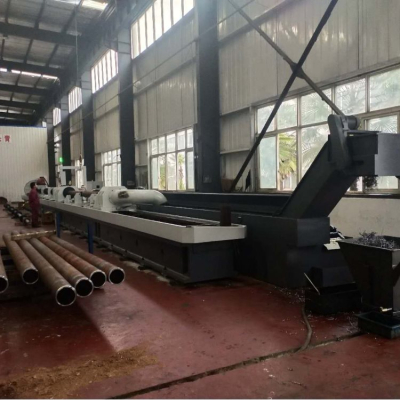How to maintain a Horizontal Honing Machine
Maintenance of Horizontal Honing Machines requires a focus on key components, the lubrication system, cleaning and maintenance, and precision calibration. Scientific maintenance ensures machining accuracy and extends equipment lifespan.
Regular inspection and replacement of key components is crucial. Pay special attention to easily worn parts such as the honing head and guide rails, regularly checking their wear and replacing them promptly if dimensional deviations or damage are observed. Regularly check the clearances of moving parts such as the spindle and guide rails; if loosening or abnormal noise is found, adjust and tighten them promptly to avoid affecting machining accuracy.
Lubrication system maintenance is indispensable. Regularly check the lubricating oil level and cleanliness, replacing it with the appropriate type of lubricating oil according to equipment requirements, generally every 3-6 months. Clean the lubricating oil filter and oil passages to prevent blockage by impurities, ensuring adequate lubrication of all moving parts and reducing dry grinding wear.
Equipment cleaning and environmental protection are essential. After each machining cycle, promptly clean the worktable, honing head, and fixtures of chips and oil stains. Regularly clean the internal cooling fans and vents to prevent dust accumulation from affecting heat dissipation. The equipment should be placed in a dry, dust-free environment to prevent moisture from causing corrosion of electrical components.
Precision calibration and operational monitoring are crucial. Regularly verify the equipment's positioning accuracy and repeatability, using specialized tools to check spindle runout and guide rail parallelism, and promptly adjust any deviations. During daily operation of the Horizontal Honing Machine, pay attention to parameters such as load and temperature, record operating data, establish a maintenance log, and optimize maintenance cycles based on the equipment's operating status.




